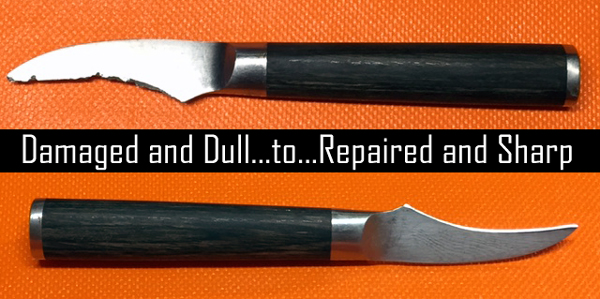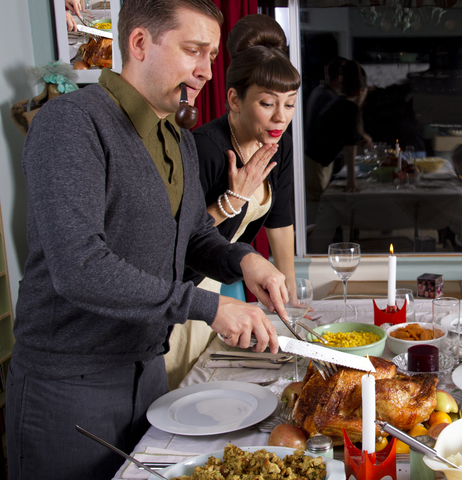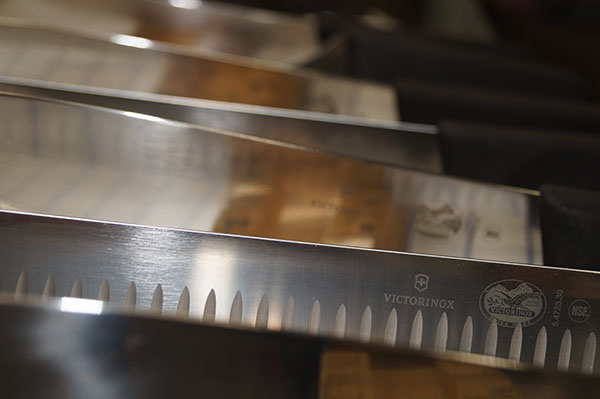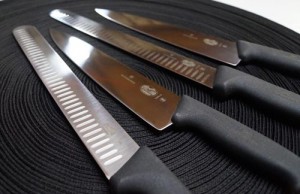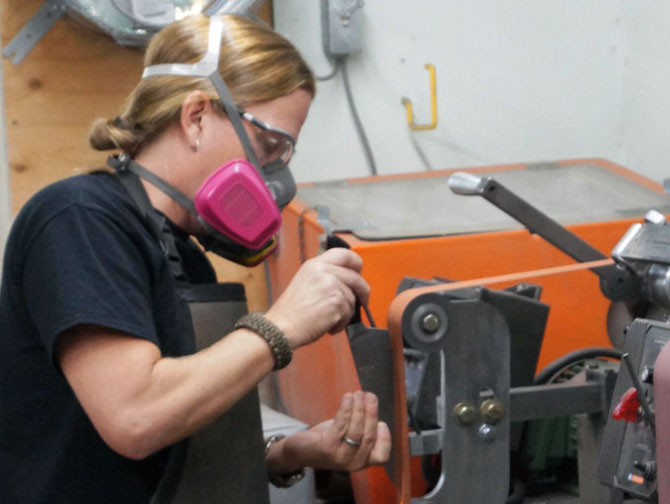One of the questions I get asked most often in this business is how did I get started.
When I was a freshman in high school I took a course on sportscraft. I wasn’t sure what I expected to get out of the class but what I discovered was how important our tools are – for hunting, cooking, working and survival. Throughout history the most important tool we possess has always been the knife. It’s a necessity. As my interest grew, I began to do my own research. Not only reading everything I could about the craft of knife making and sharpening but also seeking out and talking to other craftsmen.
As I learned how to design and create my own knives, quality became extremely important to me. I used the best steels, handle materials and heat treating processes. When I couldn’t find a machine to meet my standards, I designed my own. At some point – during this 31 year evolution – my craft became my art, an extension of myself. Each knife I make is not only functional but unique and original.

